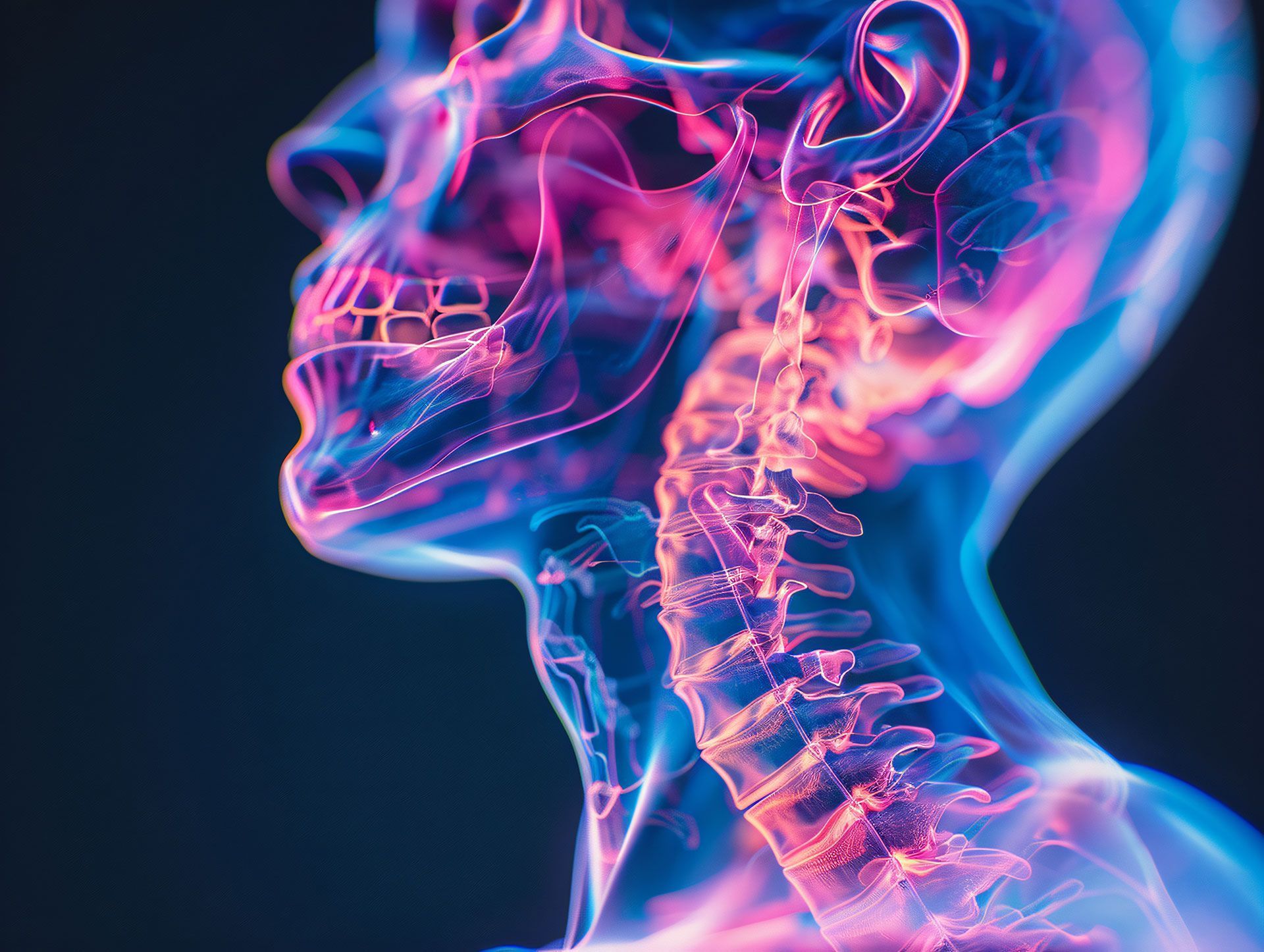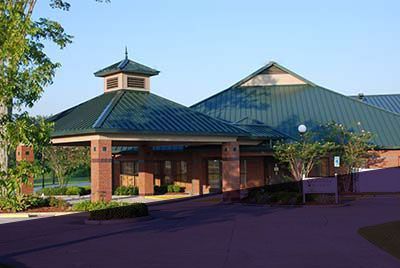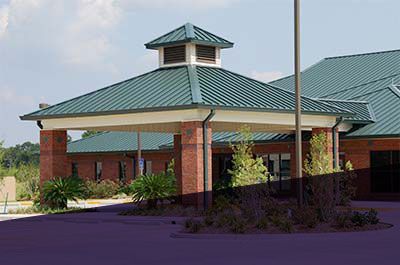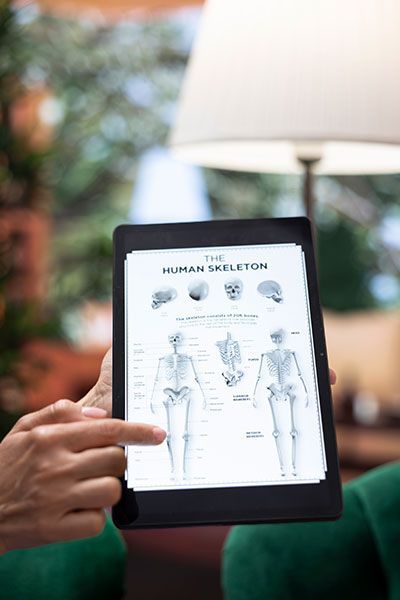Headache and Migraine Pain
Pain we treat
Get headache & migraine relief
Taking a few aspirin may work well enough if you have only the occasional mild headache — but what about recurring severe headaches that send you into hiding in a dark and quiet room? That’s when you need help from the team of pain management professionals at Headache & Pain Center, AMC, in Gray and New Iberia, Louisiana. Experienced physician Jimmy Ponder Jr., MD, is well-educated on the science of headaches and migraines, and they use cutting-edge treatments to relieve the terrible pain and lessen your headache frequency. Get help now by phoning the office nearest you or scheduling online.

headache & migraine Pain Q & A's
When should I get pain management for headaches?
There are a few clear signs that you need help managing your headaches, including:
Taking over-the-counter headache medication very frequently
Taking more than the standard dose of headache medication
Having two or more headaches per week
Staying in bed or isolating yourself frequently due to headaches
Missing work, school, or other obligations due to headaches
Headaches that cause new or changing symptoms
The bottom line is that if your headaches ever feel out of control, overwhelming, frustrating, or scary, you need professional help to manage them. That’s where the Headache & Pain Center, AMC, team comes in.
Tension
Headaches
Migraine
headaches
Trigeminal
neuralgia
Cervicogenic headaches
Occipital
neuralgia
Cluster
headaches
headache & migraine Pain Q & A's
What are the types of head & facial pain?
types of head pain
Tension Headaches are the most common type of headache. They usually feel like a tight band around the head and are caused by stress or poor posture. Tension headaches are treated with over the counter pain relief, good posture, and relaxation techniques.
Migraine Headaches
Migraine Headaches are more intense than tension headaches. The most common cause is nerve inflammation, such as trigeminal neuralgia. You may experience throbbing pain, usually on one side of the head. Migraines can be accompanied by nausea and sensitivity to light and sound. They are often triggered by stress, certain foods, or hormonal changes. At the Headache and Pain Center, we offer prescription medications and several other treatment options for migraine headaches.
Tension Headaches
Treatment
Rest, avoiding triggers, prescription medications, nerve injections, nerve cryoablations (freezing a nerve)
Nerve Injections
Migraine headaches that are caused by trigeminal neuralgia can be treated with nerve injections. These injections are simple, minimally invasive, and are performed in the office under some light anesthesia. During a nerve injection, medicine is injected near an inflamed, headache-causing nerve. The medicine is often a local anesthetic and sometimes steroids. This medicine blocks pain signals and heals the inflamed nerve, helping to relieve headache discomfort. Most procedures are completed in under 15 minutes. You will go home the same day and return to normal activity in 24-48 hours. You may even notice less pain instantly.
Nerve Cryoablation
Migraine headaches that are caused by trigeminal neuralgia can sometimes be treated with nerve cryoablation. Cryoablation is a procedure that uses extreme cold to disrupt pain signals from an inflamed nerve. A small probe is used to deliver a freezing agent to cool the nerve tissue. It is both simple and minimally invasive, and is often performed in the office under some light anesthesia. The recovery time is short, and there are few complications compared to surgery.
To find out which treatment is best for you, book your visit by phone or online today.
Types of head pain
Trigeminal Neuralgia
Trigeminal neuralgia is a condition that causes sudden, intense facial pain often described as sharp, stabbing, or electric shock-like. It is also one of the most common causes of migraines. Common triggers include touching the face, chewing or speaking, and exposure to wind or cold air.
It has many causes, including a blood vessel pressing against the trigeminal nerve, causes related to age, nerve injury from surgery or dental procedures, past injury to the face, history of stroke, history of multiple sclerosis, and other causes.
Treatment
Medications, nerve injections, or cryoablation (freezing a nerve).
Nerve Injections
Trigeminal nerve injections are simple, minimally invasive, and are performed in the office under some light anesthesia. During an injection, medicine is injected near the inflamed nerve. The medicine is often a local anesthetic and sometimes steroids. This medicine blocks pain signals and heals the nerve, helping to relieve facial and headache discomfort. Most procedures are completed in under 15 minutes. You will go home the same day and return to normal activity in 24-48 hours. You may even notice less pain instantly.
Nerve Cryoablation
Trigeminal nerve cryoablation is a procedure that uses extreme cold to disrupt pain signals from the inflamed nerve. A small probe is used to deliver a freezing agent to cool the nerve tissue. It is both simple and minimally invasive, and is often performed in the office under some light anesthesia. The recovery time is short, and there are few complications compared to surgery.
Types of head pain
Cervicogenic Headache
Cervicogenic headache is a type of headache that originates from issues in the neck, rather than from the brain itself. This condition often results from problems in the cervical spine, such as muscle tension, joint dysfunction, or nerve irritation.
Cervicogenic headaches are often triggered by poor posture, neck injuries like whiplash, arthritis, strain from repetitive movements, or past neck surgeries. We offer minimally invasive and highly effective treatments for cervicogenic headaches at the Headache and Pain Center. These may include nerve blocks or radiofrequency ablation (RFA).
Treatment
Nerve blocks or radiofrequency ablation (RFA)
Nerve Blocks
During a nerve block, a combination of anesthetic and steroid is injected using X-ray imaging guidance to reduce inflammation and block pain signals. At Headache and Pain Center, we offer anesthesia so that you do not have to be awake while receiving the injection. The procedure is usually performed in under 15 minutes in the office, and you will go home the same day often with instant relief.
During a RFA, small needles are positioned near the areas of inflammation using X-ray imaging guidance. These needles then deliver radiofrequency waves, a type of electric radio wave, to eliminate nerve inflammation. At Headache and Pain Center, we offer anesthesia so that you do not have to be awake during the procedure. The procedure is usually performed in under 30 minutes in the office, and you will go home the same day. Relief can last for months or even years.
Types of head pain
Occipital Neuralgia
Occipital neuralgia is a condition that causes sharp, shooting pain in the back of the head, upper neck, and behind the eyes. It is a common cause of migraines and is often described as burning, aching, or throbbing.
Occipital neuralgia has many causes, including muscle injury in the neck, irritation of the occipital nerves, arthritis or herniated discs, and other causes.
Treatment
Nerve blocks
Nerve Blocks
Occipital neuralgia is treated with occipital nerve blocks. These injections are simple, minimally invasive, and are performed in the office under some light anesthesia. During an injection, medicine is injected near the inflamed nerve. The medicine is often a local anesthetic and sometimes steroids.
This medicine blocks pain signals and heals the nerve, helping to relieve facial and headache discomfort. Most procedures are completed in under 15 minutes. You will go home the same day and return to normal activity in 24-48 hours. You may even notice less pain instantly.
Types of head pain
Cluster Headaches
Cluster headaches are rare but severe headaches that are felt around or behind one eye. Occur in clusters (frequent episodes over weeks/months). These rare but severe headaches are treated with careful medication management.

treatment options
Headache & Pain Center, AMC offers a variety of solutions for chronic headaches. The team may recommend changes in nutrition, sleep patterns, and overall lifestyle to minimize headaches as much as possible naturally.
How do you treat headaches?
Medication
Some medications can help with headache rescue (drugs taken when headaches start) or prevention (drugs taken daily), but they may not control your headaches effectively enough. Or, you might not be a good candidate for medication.
Nerve Blocks
Where other treatments fail, interventional pain management techniques like nerve blocks often succeed. Nerve blocks target the individual nerve involved in your headache pain.
A nerve block prevents that nerve from shooting pain signals to your brain. Nerve blocks generally last 1-2 weeks and then wear off gradually.
Radiofrequency Treatments
Another option for chronic headaches is radiofrequency treatment. In this treatment, a controlled low-level current creates a lesion to deactivate the nerve that signals headache pain.
Radiofrequency treatment is longer-lasting than injections, so your doctor may recommend it after you get good results from a nerve block.
Headache help is just a call or a click away. Call Headache & Pain Center, AMC or use online scheduling to set up your appointment now.
To find out which treatment is best for you, book your visit by phone or online today.





